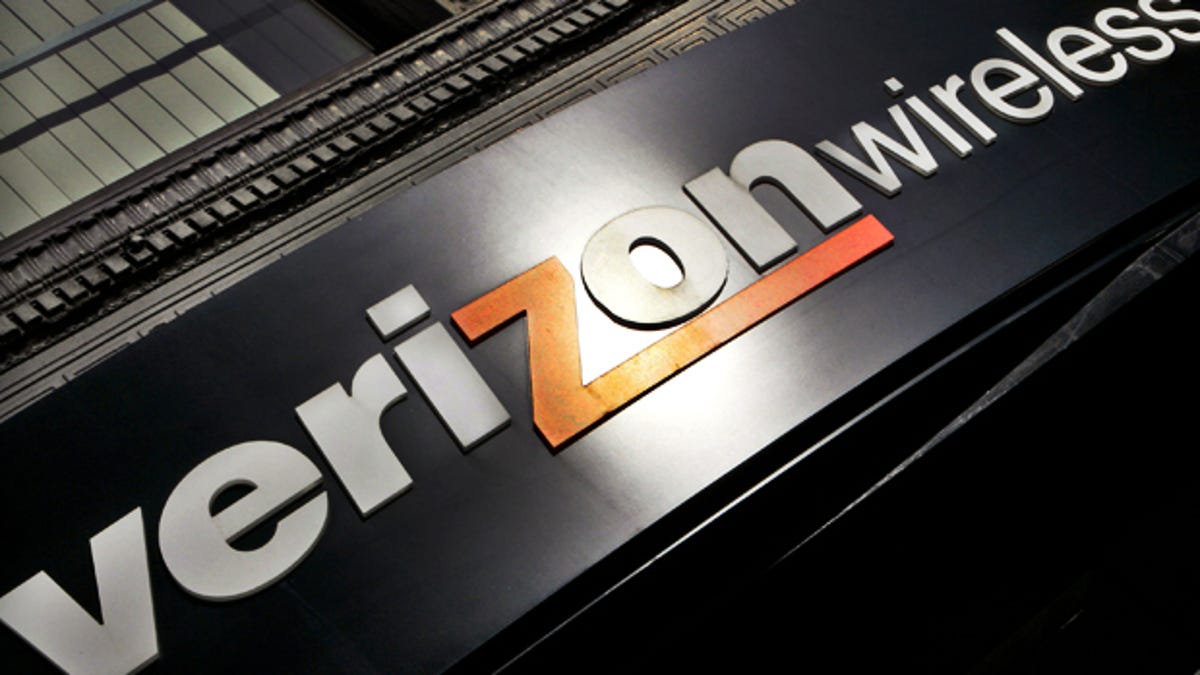Verizon subscribers give 'Share Everything' plans a boost
Carrier reports strong uptake of its Share Everything plans, according to the company's CFO.

Subscribers may have balked at Verizon's Share Everything data plans when they were first introduced this summer, but they seem to be buying into the concept of sharing a single data plan now, according to Verizon CFO Fran Shammo.
On the company's third-quarter conference call with investors and analysts today, Shammo said that the Share Everything plans Verizon introduced in June now account for 13 percent of the company's customer base.
"Share Everything is doing better than we had expected," he said. "We're seeing customers from our legacy business moving from the unlimited data plan to Share Everything. And we're seeing people attach more devices and more smartphones."
Verizon's Share Everything data plans offer all customers on the plan unlimited talk time and text messaging for a flat rate. Subscribers can then choose a monthly allotment of data that can also be shared among multiple devices or several people. Prices increase based on the number and type of devices added to the plan as well as the amount of data purchased.
When Verizon first introduced the Share Everything plans, the company had hoped the plan would spur more users to add devices like tablets to their wireless plans. Previously, customers had to buy separate plans for each device that connected to the company's wireless network. And the fact that they needed a separate plan seemed to deter users from signing up for these products. With the Share Everything plans, additional devices, like a tablet, can be added to the plan for as little as $10 more a month.
But surprisingly, Shammo said that customers aren't adding tablets per se as much as they're using the $20 Mi-Fi option that allows them to connect tablets and additional devices to the data network.
Initially, when the plans were introduced, consumers were confused and unhappy about the changes. Many of Verizon's existing customers were particularly upset by the fact that Verizon had also eliminated its unlimited data plans for existing customers. The only way to hold onto the unlimited data plan now is to pay full price for a new device. Anyone who renews a contract and takes a subsidized phone loses the unlimited data plan.
Shammo said that the company has not seen a surge of unlimited subscribers paying full price to keep their data plans.
"Most devices sold during the quarter had a subsidy," he said. "But we saw some smartphone customers buying phones at full price."
Last month at an investor conference he said that the company has actually seen many people coming off the unlimited data plan to subscribe to the shared plan.
AT&T followed Verizon's lead and also introduced its own shared data plans this summer. There had been some speculation that certain customers might defect to other carriers, such as Sprint Nextel and T-Mobile, which continue to offer unlimited data. But it appears that customers were not outraged enough to leave Verizon in large numbers. Instead, Verizon has seen momentum build for the Share Everything plans. Part of this may be because Verizon offers new customers only the ability to sign up for a shared plan. Meanwhile, existing customers can still choose from Verizon's older individual plans.
Based on Verizon's third quarter results overall, it appears that Verizon is likely taking subscribers from competitors, said Sanford Bernstein analyst Craig Moffett.
"Verizon is clearly (still) a share gainer," he said in a research note to investors. "Unless one believes that industry growth rates accelerated -- and we certainly don't -- Verizon's gain is AT&T's, Sprint's, and T-Mobile's loss.
Verizon saw total retail subscriber growth of 1.76 million. And it added about 1.54 million new post-paid customers, which was much higher than the 960,000 post-paid customers analysts had expected Verizon to add to its roster. It will be much clearer how many customers Verizon was able to steal from competitors as AT&T, Sprint, and T-Mobile report earnings.
Shammo told investors that the company's strength is in its network, which it has invested in consistently over the years, despite some criticism from Wall Street. And now it appears that Verizon is reaping the rewards. Shammo pointed out that Verizon has the the largest 4G LTE network in the U.S. now covering more than 250 million potential customers. This network is larger than all of its competitors' 4G LTE networks combined. And Verizon has also still managed to maintain its leadership in performance and reliability.
"Our network and competitive advantage speaks for itself," he said.
It's clear that consumers are attracted to the faster speeds of the LTE network. Out of the 3.4 million Android phones that Verizon activated during the quarter, 3 million were 4G LTE. The new iPhone 5, which is the first iPhone to support LTE, should provide yet another boost for LTE in the coming quarter. Shammo said that 35 percent of Verizon's data traffic is on the LTE network.

